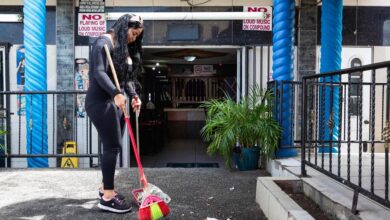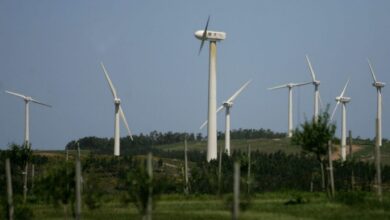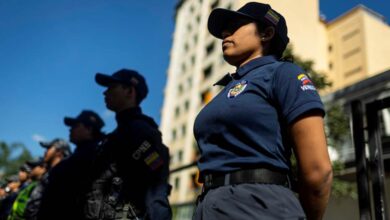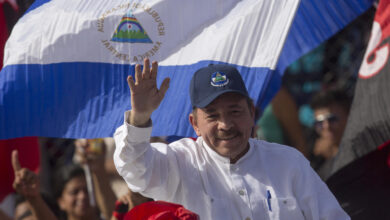How much can a high homicide rate cost Latin America?
It is estimated that the rate of homicides in Brazil has cost 120 billion dollars a year in lost productivity

The homicide rate in Brazil recently reached a record 30.3 victims per 100,000 inhabitants, which translates to 62,517 murders during the year, as reported by the Institute of Applied Economic Survey (IPEA). The social cost is obvious, because this figure shows an epidemic of urban violence that continues to get out of control; what it fails to show is the economic cost that it can mean for Brazil, which is estimated to be around 120 billion dollars per year.
Leer en español: ¿Cuánto le puede costar a América Latina una elevada tasa de homicidios?
For Latin America, the region with the highest homicide rate in the world, the case of Brazil – which has been quantified and translated IGNORE INTO monetary units – must be observed with care, since it demonstrates another dimension of a problem that still has not found a solution.
According to figures from the Brazilian think tank Instituto Igarapé, the homicide rate in Latin America is 21.5 homicides per 100,000 people, well above the global average of 7. It is estimated that 1 in 4 of the homicides committed in 2016 occurred in Latin America, particularly in one of these four countries: Brazil, Mexico, Venezuela, and Colombia. In addition, 17 of the 20 countries with the highest homicide rate are in Latin America.
Bearing in mind that Brazil, according to the Igarapé Institute's research, sustaining and combating this homicide rate costs 119 billion dollars annually, 4% of its annual GDP, the cost that Latin America must assume as a region must be astronomical.
The cost of managing a public safety crisis
Robert Muggah, director of research at the Igarapé Institute, assures that in addition to the lost productivity associated with a high homicide rate, the greatest source of expenses is investment in public security.
"Brazil faces a serious public security crisis, but the investment that has been made to control the crime has been ineffective and inefficient," says Muggah.
The Igarapé Institute's research shows that public spending that has been allocated to security almost tripled during the period under investigation, with no effect on the homicide rate that continued to grow at an almost constant rate.
Read also: Bolivia will receive 575 million euros to improve the lives of its citizens, courtesy of the EU
As a strategy to reduce costs and increase the efficiency of the security agencies of the Brazilian state, President Michel Temer introduced the Single System of Public Security, which aims to integrate the various security agencies of the Brazilian State under a single entity.
The Public Safety System of Temer will receive its financing through state lotteries. However, in another demonstration of the costs that a fight against crime can mean, the sports associations of the country, responsible for the training of athletes and athletes of all kinds, will see a decrease in their funding, which will now go towards security.
The Brazilian Club Commission, which associates sports clubs throughout Brazil, was outraged by the proposal, calling it counterproductive.
"The reduction in investment destined to sports education, which in itself is small, will in some years cause an even greater increase in the already alarming rates of violence in Brazil. Across the world, sport has always been a powerful tool to prevent crime", they stated in a press release.
A common problem in the region
Although the statistics on homicides exist in all the countries of the region, calculating the cost that they mean is a difficult task, for this reason, not all countries have been able to visualize this other side of the damage that violence generates.
The results of the research carried out in Brazil should serve as a wake-up call to the rest of the countries of the region for them to assess that violence, beyond a social problem, is an economic problem that conditions advances in the fight against poverty and inequality.
In Mexico, for example, according to the Mexico 2017 Peace Index, the increase in the homicide rate that occurred throughout 2016 cost the country 18% of its GDP in that year, equivalent to $ 1,355 per person .
El Salvador, which boasts the highest homicide rate in Central America and one of the highest in the world, lost 9.5% of its GDP since 1999 to date because of the fight against crime, according to the International Monetary Fund.
A World Bank investigation entitled 'The costs of crime and violence', of the most complete in this regard, estimates that, for the entire region of Latin America and the Caribbean, the social cost of homicides is 10,545 million dollars per year on average, a figure that does not include the cost of efforts to combat violence.
Latin American Post | Pedro Bernal
Copy edited by Laura Rocha Rueda





